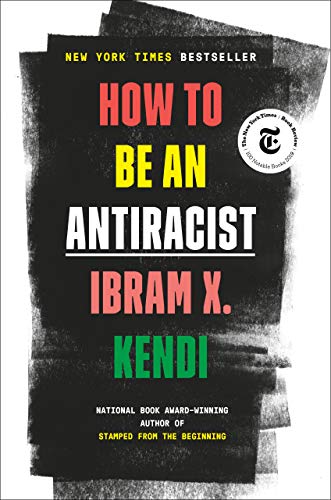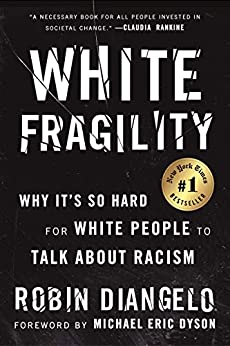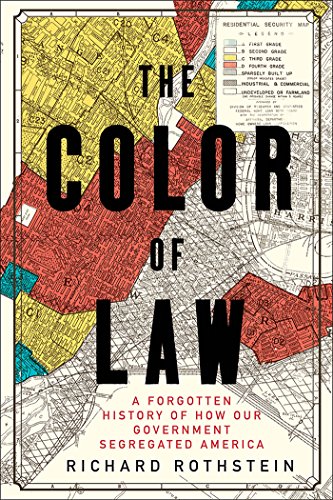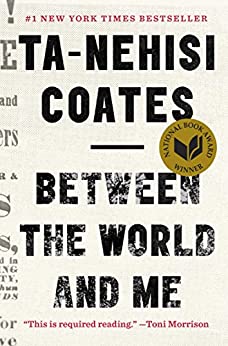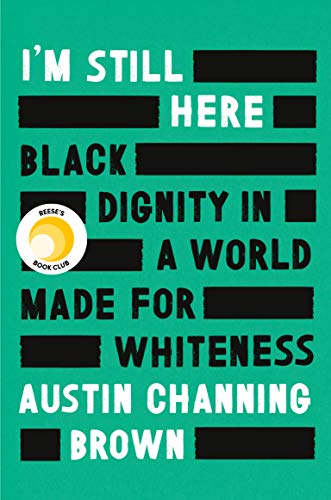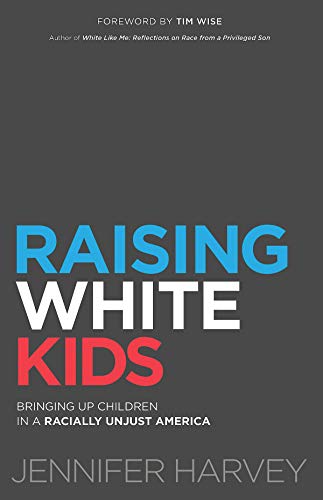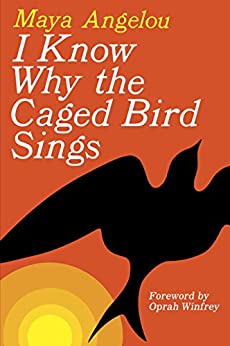
Shakespeare opened his play Richard III with the lines, “Now is the winter of our discontent.” Well, look around you. Now seems to be the summer of our discontent. As if it wasn’t bad enough being isolated in our own homes, hiding away from a microscopic killer, we are now faced with civic unrest as citizens, quite justifiably, take to the streets in protest. Discontent, indeed!
Previously, when we thought of a great summer read, we would think intuitively of a bit of escapism, something to amuse us as we sat on the beach or spent a leisurely afternoon in the sun. But perhaps now it’s time to take this whole reading thing a bit more seriously. If we’re to be stuck inside while the world outside is overwhelmed, it might do us a bit of good to examine the circumstances of our predicament. So, let’s take a look at some summer reads to learn about racism providing a bit of insight into our current situation.
How to Be an Antiracist by Ibram K. Kendi was selected as Amazon’s Best Book of August 2019, and it is an amazing read. Kendi deals with racism on a personal basis, writing the book as a memoir of his own life and experiences. He explains how it is not sufficient merely to not be a racist, but how we must strive to become actively anti-racist in order to dismantle the institutions that enslave us all.
If you’re looking to achieve personal growth, and address your own issues with racism, Layla F. Saad’s “Me and White Supremacy: Combat Racism, Change the World, and Become a Good Ancestor.” may be just what you’re looking for. This bestselling tome started life as an Instagram challenge urging people to own up to their own racist behaviors. The challenge went viral, leading more than 100,000 people to download Saad’s “Me and White Supremacy” workbook. The book is a heavily updated version, offering advice and resources to help you achieve your own personal growth, and address and eliminate your unintentional, or even intentional, racist tendencies.
In “White Fragility”, author Robin Diangelo takes a look at racism from a white perspective. Not the perspective of an overt racist, per se, but rather that of your average man on the street. Diangelo examines just how whites often react to conversations about racism, and how their uneasiness about the subject and their unwillingness or inability to engage in meaningful discussions result in the further entrenchment of racial inequality.
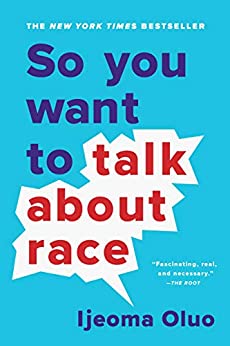
“So You Want To Talk About Race.” by Ijeoma Oluo offers advice on how to have those conversations that we have been avoiding for years, decades, even centuries. The book is targeted at people of all races and offers tips about how to engage family and friends in those uncomfortable conversations which we all know are so necessary.
Richard Rothstein takes a deep dive into the history of urban segregation in his book, “The Color of Law: A Forgotten History of How Our Government Segregated America.” Many people assume that segregation in our urban areas is the result of a natural process, and are completely unaware that such segregation is the result of a system of laws at virtually every level of government that denied equal opportunity for housing, schooling, and employment to people of color, dating back as far as the administration of liberal Franklin Delano Roosevelt. Rothstein opens our eyes to the racism entrenched in our laws.
Ta-Nehisi Coates addresses the issue of what it is like to be born black in America, and how to live with the fact in the memoir of his journey, “Between the World and Me.” Coates is addressing his son, offering insights and advice gleaned from his own experiences as well as historic events. From slavery to street protests, Coastes paints an insightful picture of race in America.
“I’m Still Here: Black Dignity in a World Made for Whiteness.” by Austin Channing Brown offers an in-depth look at just what it means to be a black girl, and later woman, in a world designed by, and for, white people. She explains how she has dealt with racism, both subtle and overt, in schools, the workplace, and virtually all public places. Brown presents her peers with advice on how to navigate through this world while providing allies with the understanding and tools to do better. The book serves as a great teaching tool no matter what color you may be.
“Raising White Kids” by Jennifer Harvey is an excellent read for parents, educators, and community leaders who are striving to raise the next generation to be part of the solution and not part of the problem. It can help to prepare children for a world that, while becoming more and more culturally and ethnically diverse, still provides more than enough examples of racial tension. Should we raise “colorblind” children, or teach them to recognize and appreciate the differences? What strategies do we teach them? And how do we answer uncomfortable questions, and address stressful situations? An insightful take on the flip side of the coin.
Last, but certainly not least, consider taking a look at the classic work by Maya Angelou, “I Know Why the Caged Bird Sings.” This is Angelou’s story of her childhood, growing up poor, black, and abandoned. While many of the circumstances can be applied to any race, the overlaying bigotry experienced by the author and her family adds element. Rising in the face of such endemic racism makes for a truly inspirational story.
Bear in mind that these are certainly not the only books worthy of your interest. There is a whole library of material out there. Works by Michelle Obama, Malcolm X, and Toni Morrison to name a few. You may choose to indulge in educational type works, recounting the history of race relations, or simply to read a novel written from a black perspective. Each will provide you with their type of insight.
Taking the time to educate yourself about racism in America during this summer of our discontent is certainly a more worthwhile pursuit than reading the latest romance or murder mystery. It will certainly give us more insight into what is going on in cities across the nation. If we are still to shelter at home, let’s make good use of the time.

